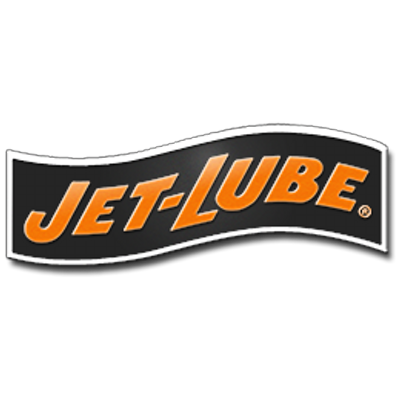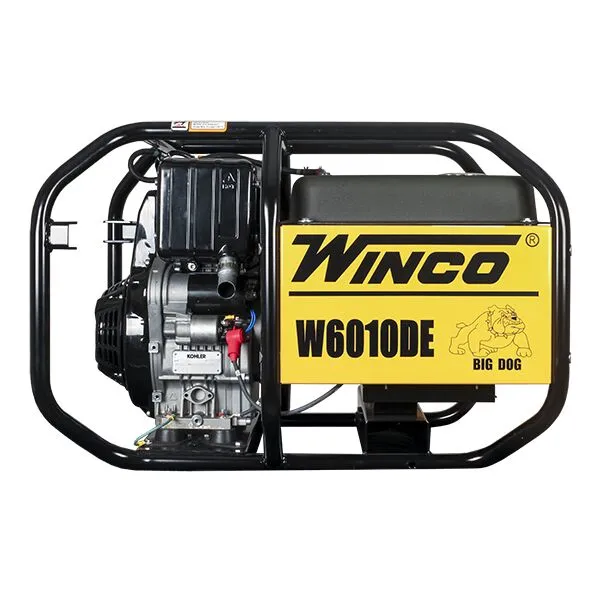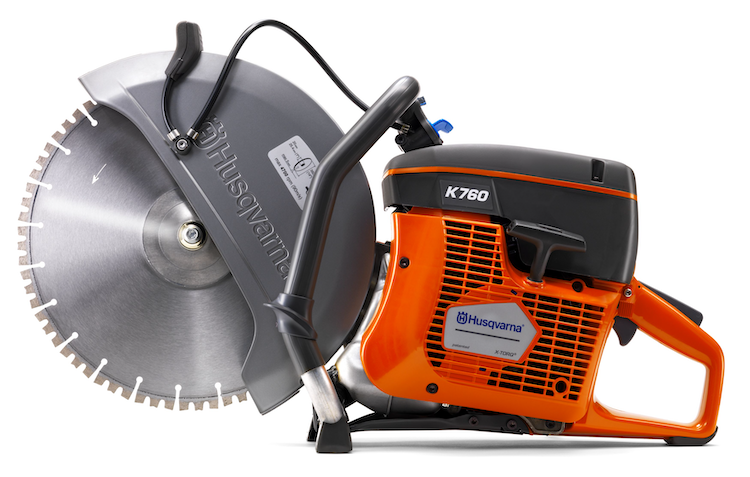
SOLUTIONS THAT WORK AS HARD AS YOU DO
Providing essential equipment and support for the mining, drilling, exploration and petroleum industries.
Helping businesses operate efficiently and safely
With Reliable equipment and expert support
Reducing downtime and enhancing productivity
Offering a
One-stop Solution
We streamline the process of sourcing durable, high-performance equipment, ensuring you have the tools needed to succeed in challenging environments.
Whether it’s drilling products, industrial pumps, or specialized generators, our solutions are tailored to the specific needs of the industry. Our range includes top-quality products from leading manufacturers, designed to meet the demands of both domestic and international markets.
We’re proud to represent and distribute top industrial manufacturers.
✓ 3M Mining Products
✓ American Manufacturing Pumps
✓ Baroid Industrial Drilling Products
✓ Caterpillar Diesel Engines
✓ Dimatec Drilling Products
✓ Husqvarna Mining Tools
✓ Jet-Lube Lubricants
✓ Perkins Diesel Engines
✓ Petro Canada Petroleum Products
✓ Safety Seal Tire Sealants
✓ Winco Inc Power Generators
✓ Zinex Mining Corporation Diamond Drills

OUR PRODUCTS
We offer pre-packaged and customized mud pumps and dewatering pumps, diamond drills, generator sets, industrial engines, drilling fluids, hose packages and more.
PUMPS
We offer the complete line of Ranger Mining Diesel Drive and Hydraulic Drive Mud Pumps, FMC/American Bean Pumps and replacement parts.
GENERATORS
We can supply portable, prepackaged and customized generator units ranging from 3.0Kwe to 600Kwe.
DRILLS
We are a distributor for Zinex Mining Corporation diamond drills, one of Canada’s leading diamond drill manufacturers.
ENGINES
We are proud to represent the Perkins and Caterpillar line of Diesel Industrial and Gen Set engines.
HEATERS
Diesel-fired or propane fired water line heaters that will protect drillers against water line freeze up.
MINING TOOLS
We are an authorized distributor of Husqvarna Core Saws, Dimatec Inc. drilling products, fluids and more.
OUR SERVICES
Used and Surplus
We can help you source or sell a piece of pre-owned equipment, such as Off Hi-way Trucks, Diamond Drills, Bull Dozers, Hydraulic Excavators, Wheel Loaders, and Generators.

We Look Forward to Working With You
Ranger Mining Equipment Limited has a parts stocking facility in Alberta, British Columbia and the Yukon, and maintains a strong “quick order filled” policy with the manufacturers that we represent.























